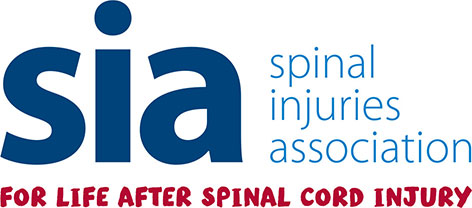Bell Lax pioneered no win no fee arrangements for commercial disputes. If you lose, we lose, therefore we always fight for you.
Bell Lax pioneered no win no fee arrangements for commercial disputes. If you lose, we lose, therefore we always fight for you.
Who Pays the Rates?
When a company that is the tenant of a property goes into liquidation, it is normal for the liquidator to disclaim the lease on the premises.
Business rates must be paid by the 'person entitled to possession of the property' (Local Government Finance Act 1988). If the landlord reoccupies the property, then it is clear that the landlord will bear the liability for the rates. However, if the landlord leaves the property vacant, is it still liable?
In a recent case, the liquidator of the tenant disclaimed the lease. The lease was subject to a guarantee and the landlord left the premises unoccupied, making a claim against the guarantor of the lease for the rent shortfall. This gave the guarantor the right to occupy the premises if it so chose.
Once the lease had been disclaimed, the local authority demanded the rates from then on directly from the landlord. The landlord refused to pay, claiming that since the guarantor had the right to call for a lease, the landlord was not the person entitled to possession of the property and had not, in fact, occupied it.
The High Court rejected the landlord's argument. The landlord had the right to immediate possession of the property once the lease had been disclaimed. The disclaimer of the lease meant that there was no longer any lease.
In addition, although the guarantor had the statutory right to demand a lease on the premises, it had not done so.
A 2019 decision confirmed that an office whchc had been stripped out in preparation for a new tenants to come in had a nil rateable value whilst empty.
If you are a landlord, a carefully worded guarantee clause could avoid the problem by making the guarantor responsible for the rates as well as the rent in the event of the insolvency of the tenant.







